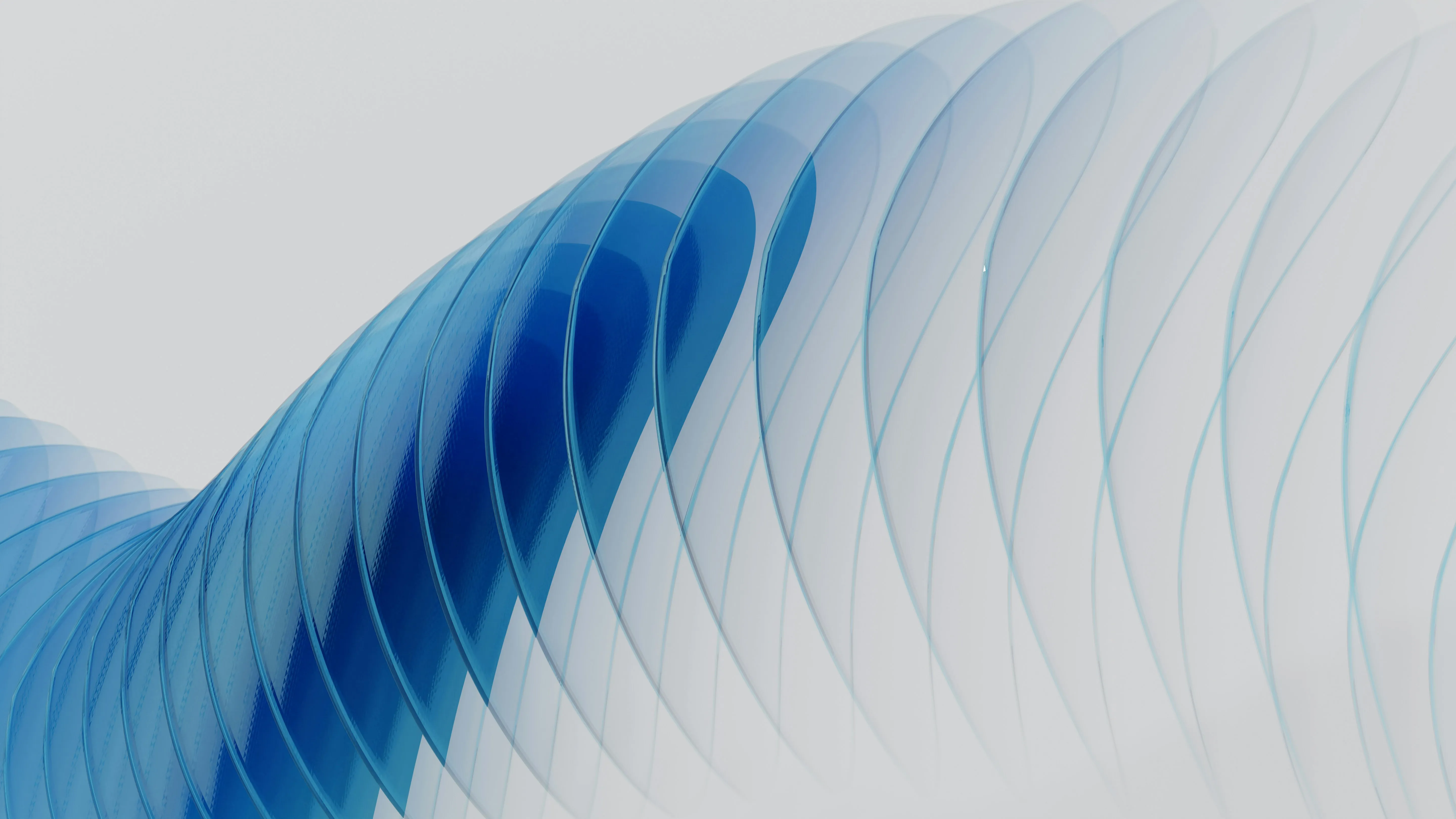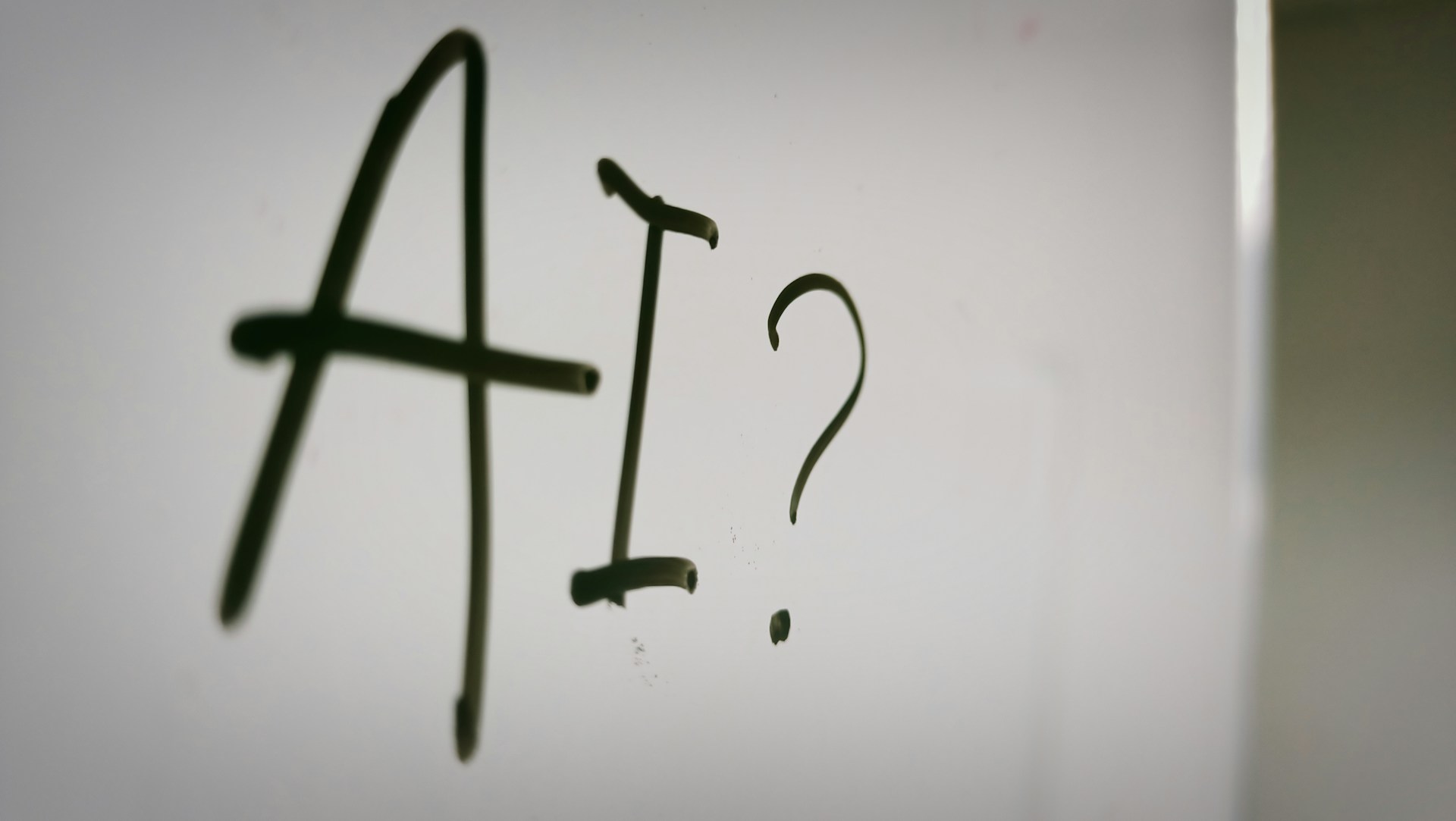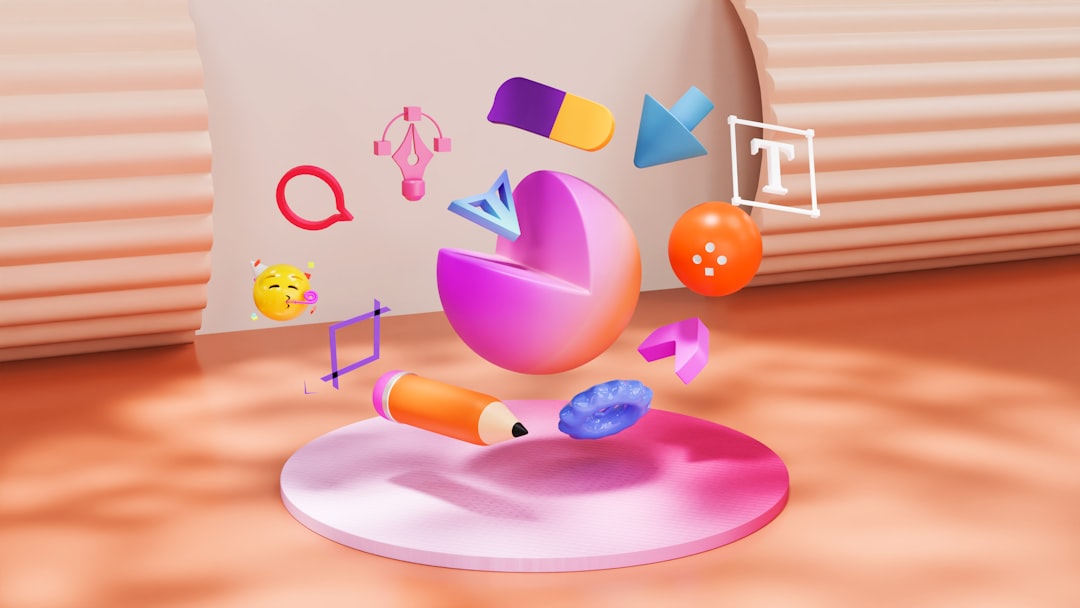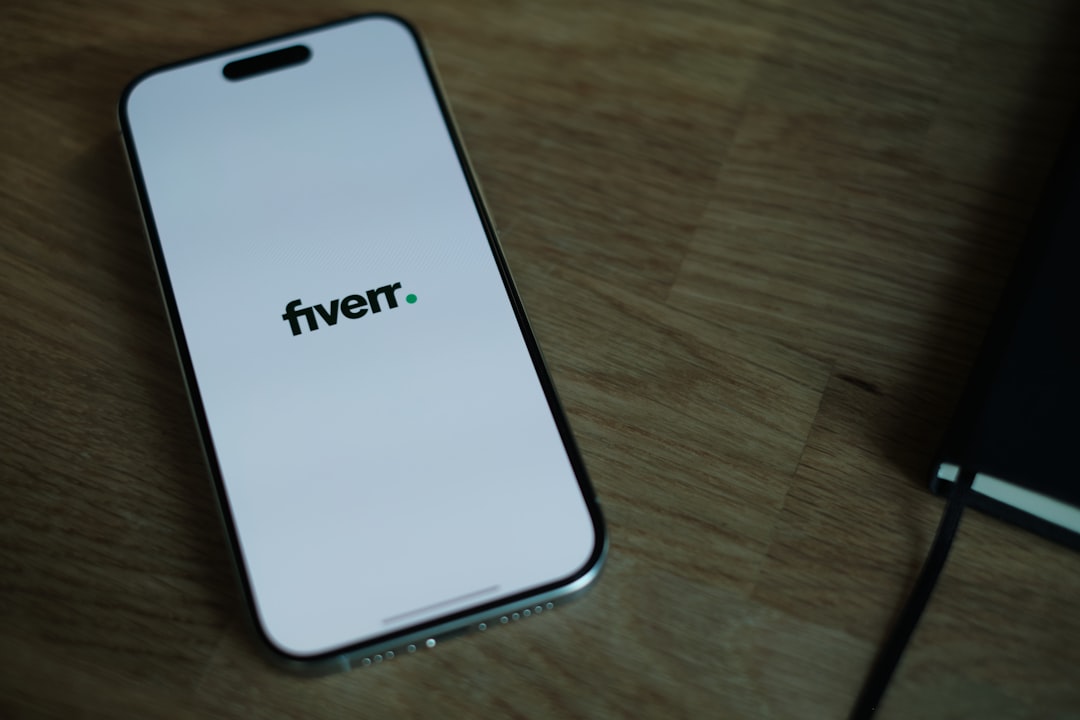From flat design to liquid glass: revolution or step backwards?
From flat design to liquid glass: Is it a revolution or a step backwards? Learn more about flat design, UI design, skeumorphism & Apple design.

Introduction: The evolution of design at Apple
The story of Apple's design is one of continuous innovation and breakthrough concepts. Over the years, we've seen a remarkable development that has redefined both aesthetics and usability. From the early days of skeuomorphism, which impressed with realistic textures and forms, to the flat and minimalistic design language of flat design, there was always a clear focus on simplicity.
With every new generation of products, we have seen how Apple not only followed trends, but often set standards for itself. Transitions like the one from iOS 6 to iOS 7 symbolize bold steps towards more modern, cleaner looks. Now that terms like “liquid glass” are coming to the fore, we need to ask ourselves whether these developments represent a revolution or a step backwards.
What is liquid glass? An introduction to Apple's new design language
With “Liquid Glass,” Apple is introducing a new, visually appealing design philosophy that clearly stands out from the previously dominant flat design. We see a concept that relies heavily on realistic lighting effects, transparent layers and subtle reflections to create an almost tangible depth. The focus is on optical illusions that create the impression of glass, liquid and light. This creates an intuitive visual context.
The elements of this design language can be divided into three key characteristics:
- transparency: Glass layers with viewing and blurring effects.
- light reflections: Dynamically calculated shadows and shine elements.
- Flowing shapes: Organic, moving surfaces.
We believe Apple is trying to combine functionality and aesthetics in completely new ways.
Flat Design: Origins, Characteristics and Philosophy
Flat design originated in the early 2000s and became popular thanks to platforms such as Microsoft's Metro Design and Apple's iOS 7. Instead of realistic textures and complex decorations, we rely on minimalistic, two-dimensional design elements that prioritize clear lines and functional aesthetics. This design language is heavily inspired by modernism, which places simplicity and function above decoration.
The main features of flat design include:
- Abstinence from skeuomorphism: No imitations of physical objects.
- Clear typography: Focus on readable fonts.
- Vivid colors: Mostly simple, bold color palettes.
- Minimalistic icons: Reduction to the essentials.
The philosophy behind this strives to promote intuitive use by reducing visual distractions.
Liquid glass vs. flat design: aesthetics and visual differences
When looking at liquid glass and flat design, we encounter two completely different approaches to designing visual surfaces. Flat design focuses on minimalism and reduction. Colors are often flat and without gradients, while shadows and shades are largely eliminated, resulting in a clear and functional aesthetic. It is oriented towards simplicity and accessibility.
Liquid Glass, on the other hand, takes the approach to a new level by integrating realistic textures, shiny effects, and light refractions. Here we experience an additional dimension that gives the design depth and makes it appear almost tangible. Translucency and dynamic reflections play a central role in creating the illusion of liquid and glass.
User experience: How do both design languages influence usability?
The user experience is at the heart of every digital interaction, and both flat design and liquid glass have a decisive influence here. While the flat design makes navigation easier with its clear structure and minimalistic design, Liquid Glass enables a more aesthetic and dynamic form of interaction.
- Flat design:
- We benefit from simplified layouts that draw attention to essential content.
- It offers intuitive user guidance through clear visual hierarchies.
- Liquid glass:
- The realistic presentation and animated effects create personal immersion.
- This design language promotes tactile interactivity and a modern look.
Through the comparison, we notice that flat design prioritizes more functionality, while Liquid Glass emphasizes an emotional connection.
Technological foundations: innovations behind liquid glass
Liquid Glass is based on a series of innovative technical principles that revolutionize design and interaction. We use advanced material simulations to create hyper-realistic visual effects and create a smooth surface. Adaptive rendering technologies dynamically adapt the display to different devices, screen sizes and lighting conditions, creating an immersive and consistent user experience.
This is complemented by the use of real-time physics engines, which precisely calculate interactive elements such as movement, reflection and distortion. In addition, modern GPU optimizations ensure that the smooth animations run smoothly and in a resource-saving manner.
Flat design in context: Why it became the standard
Flat design has established itself as the dominant approach in digital design, and we ask ourselves: Why? Clear, reduced aesthetics were necessary, particularly in an increasingly digitalized world. By omitting superfluous details, visual load is reduced, which improves usability.
- Efficiency and functionality: Clear lines and simple shapes are not only visually appealing, but also technically efficient, as they can be loaded faster.
- scalability: Flat designs adapt flexibly to different screen sizes, a decisive advantage in the mobile age.
- Timeless aesthetics: The minimalistic style looks modern and durable at the same time, which survives design trends.
By focusing on functional and aesthetic simplicity, Flat Design has revolutionized the foundations for today's UX and UI design.
Criticism and challenges: Weaknesses of both approaches
The “flat design” and “liquid glass” methods each have their own specific challenges, which we cannot ignore:
Weaknesses of flat design:
- Restricted usability: We often notice that design elements such as shadows or 3D effects are missing, making navigation difficult for some users.
- monotony: Minimalist aesthetics can appear monotonous due to their reduction and prevent an emotional connection with the design.
Weaknesses of Liquid Glass:
- Complexity of creation: Fluid, dynamic designs require a high level of technical precision, which increases time and resources.
- Users are overwhelmed: We see potential risks when too many visual and interactive elements are present at the same time, which could affect the user experience.
Both styles pose challenges that must be considered depending on the application and target group.
Impacts on app development and ecosystems
The introduction of Liquid Glass Design presents both challenges and exciting opportunities for developers and design teams. We need to take a closer look at designing user interfaces in order to fully utilize the dynamic and adaptable nature of the design.
challenges:
- Technical complexity: Implementation requires advanced technologies and detailed knowledge of animations and transitions.
- Performance optimization: Smooth visual effects require high computing power, which could have an impact on older devices.
Options:
- New interaction models: We can create creative and immersive user experiences that go beyond static designs.
- More flexible adjustments: These designs allow an optimized display regardless of screen sizes and resolutions.
This paradigm challenges us to comprehensively rethink the behavior of digital ecosystems.
Conclusions: Is liquid glass the future of design?
We see that Liquid Glass, with its dynamic and adaptable properties, significantly questions the static character of flat design. The focus is on flexibility, depth and an unparalleled focus on interactive user experiences. This is leading to a revival of tactile design ideas that make digital interactions more intuitive and immersive.
Reasons to regard liquid glass as trend-setting:
- Adaptability: The ability to adapt to various devices and user needs.
- Fascination through depth: Realistic textures and dazzling transitions enhance the aesthetic experience.
- Technology Support: Advances in rendering engines and GPU performance enable smooth implementation.
We are facing a potential design language that combines functionality and modernity, where additional technological breakthroughs could play a key role.





